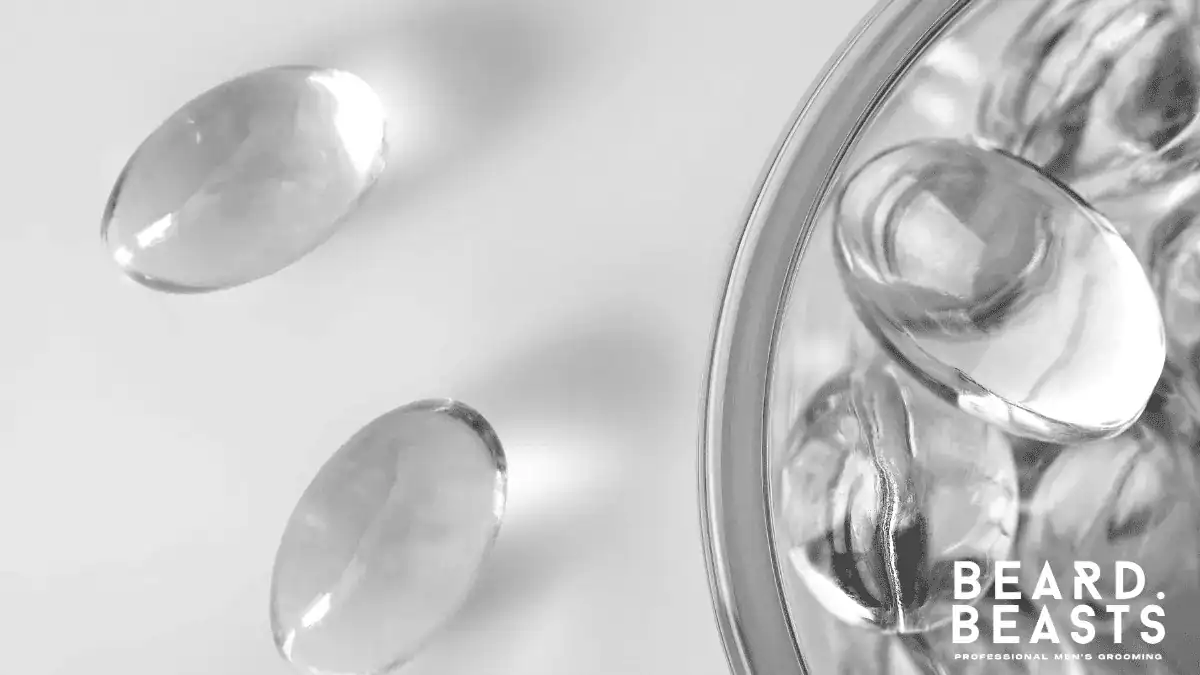A soft beard isn’t just a sign of good grooming—it’s a reflection of your commitment to maintaining a healthy, well-kept beard. If you’ve been wondering how to make your beard soft, you’re not alone.
Many men struggle with dry, coarse facial hair, but with the right care and techniques, you can achieve a soft, manageable beard.
In this guide, we’ll explore expert tips on how to get a soft beard, from choosing the right products to adopting effective grooming habits. By the end, you’ll have the knowledge to transform your beard into a softer, more polished version of itself.
Understanding Beard Texture and Softness

Achieving a soft beard starts with understanding the factors that contribute to beard texture. Beard hair is unique, and its natural coarseness or softness can be influenced by genetics, overall health, and grooming practices.
Genetics play a significant role in how thick or coarse your beard hair is. However, with the right care, you can manage and soften even the toughest strands. Environmental factors like harsh weather, pollution, and overexposure to the sun can strip moisture from your beard. This leaves it dry and rough.
A rough beard is commonly caused by improper grooming habits. Using harsh soaps or skipping regular beard care routines can contribute to this. When natural oils produced by your skin are not replenished or are stripped away, your beard becomes more susceptible to dryness, split ends, and breakage.
Understanding how to preserve and supplement these oils is key to achieving a soft, healthy beard. By addressing these causes and following proper beard care techniques, you can effectively soften and improve the texture of your facial hair.
Expert Tip 1: Cleanse Your Beard with the Right Products
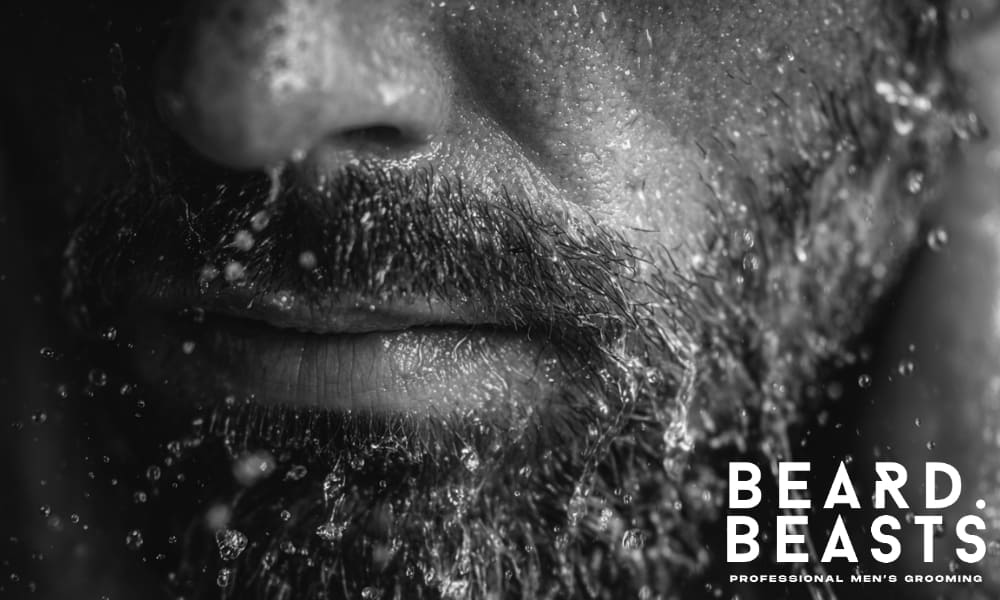
The first step in achieving a softer beard is ensuring it’s properly cleaned without stripping it of its natural oils. Using the wrong cleanser can dry out your beard, leaving it rough and brittle.
Opt for a gentle, sulfate-free beard wash that’s specifically designed for facial hair. Regular shampoos can be too harsh, removing essential moisture that keeps your beard soft and hydrated. Beard washes are formulated to clean without over-drying, preserving the natural oils needed for a healthy beard.
When choosing a beard cleanser, look for products that include natural ingredients like aloe vera or tea tree oil, which help moisturize and soothe the skin beneath your beard. Beard Beasts’ Foaming Beard Wash is an excellent choice, as it is specifically designed for facial hair, providing a gentle cleanse while maintaining moisture and softness.
Expert Tip 2: Use a Beard Conditioner Regularly
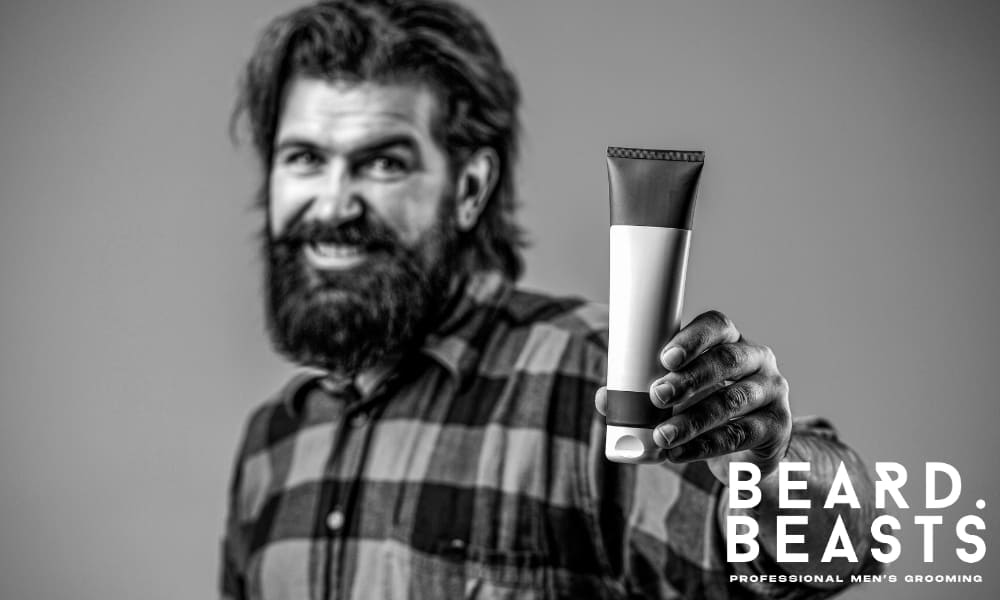
Just like the hair on your head, your beard needs regular conditioning to stay soft and healthy. Beard conditioner works by locking in moisture. It provides the hydration your beard needs to maintain its softness.
After cleansing your beard, apply a high-quality beard conditioner. This will nourish and soften the hair. Choose a conditioner that’s specifically designed for facial hair. Regular hair conditioners may not provide the same hydration and protection for your beard.
Look for products with natural oils like argan oil, jojoba oil, or shea butter. These oils help restore moisture, reduce frizz, and promote a smoother texture. Massage the conditioner into your beard thoroughly. Leave it on for a few minutes, then rinse it out. This will leave your beard feeling soft and refreshed.
Incorporating a beard conditioner into your grooming routine is essential. It helps maintain the softness and overall health of your beard. This ensures it looks and feels its best every day.
Expert Tip 3: Moisturize with Beard Oil or Butter
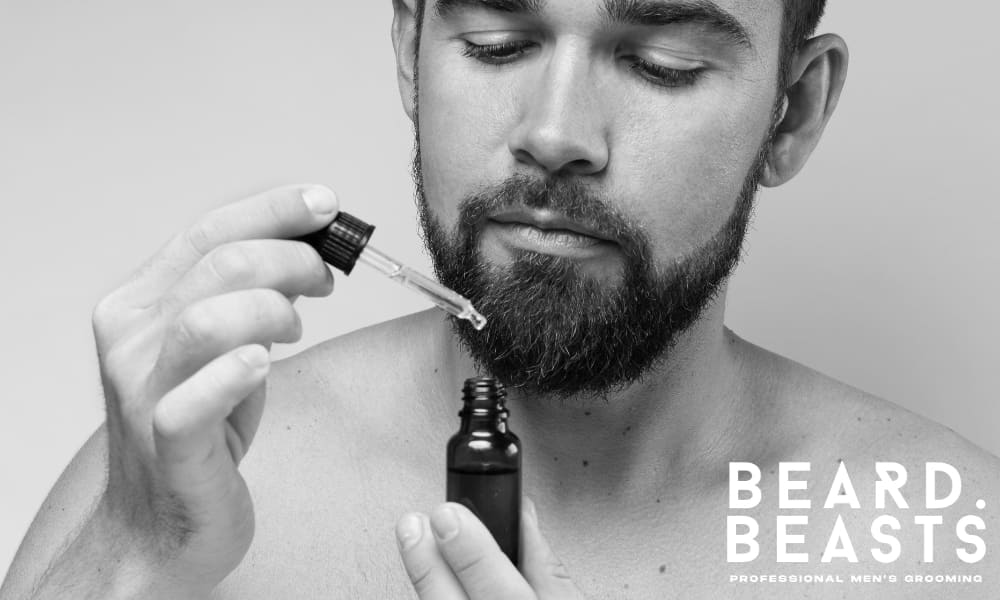
Moisturizing is a crucial step in achieving a soft, manageable beard. Beard oil and butter not only hydrate the hair but also nourish the skin beneath, preventing dryness, irritation, and beard dandruff.
Beard oil is lighter and ideal for daily use, helping to lock in moisture while adding a subtle shine to your beard. It’s especially effective for shorter beards and those who prefer a non-greasy finish.
On the other hand, beard butter is thicker and more suited for longer or thicker beards, providing deeper hydration and a softer, more controlled appearance.
When choosing a moisturizing product, look for those with natural oils like argan oil, jojoba oil, and vitamin E, which are known for their nourishing properties.
Beard Beasts’ Classic Beard Oil is a perfect choice, as it contains these must-oils, providing hydration and a healthy shine.
Expert Tip 4: Brush and Comb Your Beard
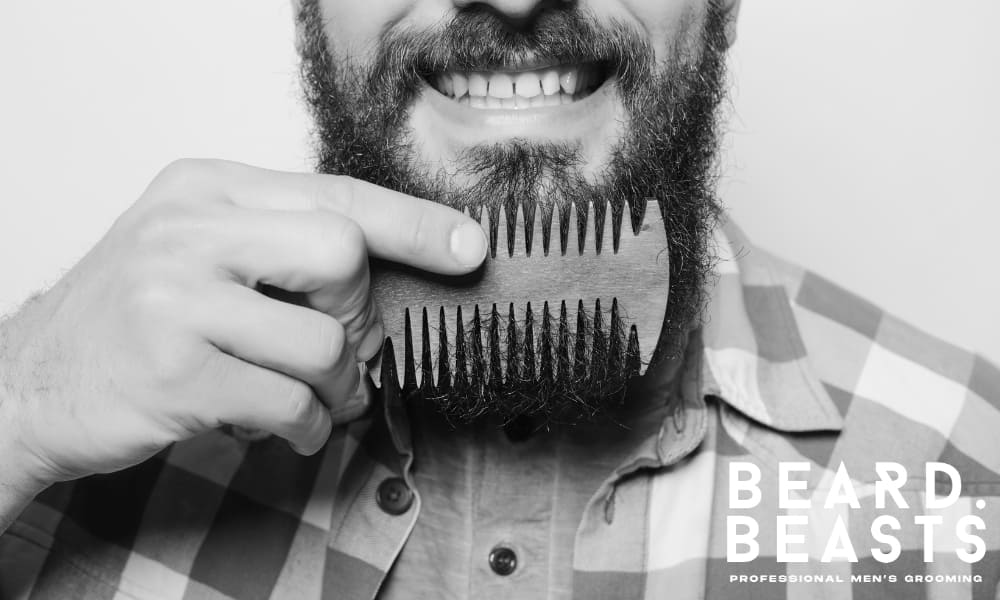
Brushing and combing are vital steps in ensuring your beard remains soft and well-groomed. These simple tools help distribute the natural oils from your skin throughout your beard, which is key for maintaining softness and shine.
A quality beard comb or brush can help detangle hair, remove dead skin cells, and prevent ingrown hairs, promoting a smoother texture.
Brushes with boar bristles are particularly effective at distributing oils and massaging the skin beneath, which encourages healthier hair growth. Combs with wide teeth are ideal for thicker or longer beards, as they gently detangle without causing breakage.
When brushing, apply a small amount of beard oil or butter beforehand to help the bristles glide through your hair smoothly. This will not only ensure your beard stays soft but also prevent the friction that can lead to beard split ends or damage.
Expert Tip 5: Trim Your Beard Regularly
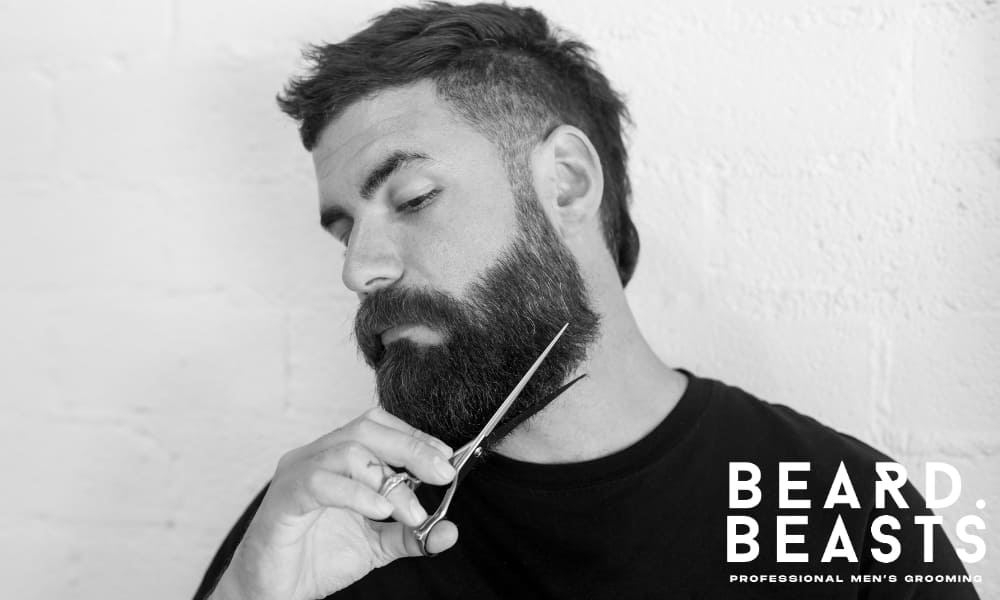
Regular trimming is crucial for maintaining a softer beard. While it may seem counterintuitive, trimming helps keep your beard healthy. It removes split ends and prevents the hair from becoming coarse or damaged.
Even if you’re aiming for a longer beard, trimming is necessary. It keeps the edges sharp and the overall texture smooth.
It’s important to use sharp, high-quality beard scissors or a trimmer. This helps avoid uneven cuts that could create rough spots.
The frequency of trimming depends on your beard growth and style goals. A trim every few weeks is generally ideal for maintaining softness and shape.
Be sure to trim gently and follow the natural line of your beard. This prevents excessive cut-back, which can cause roughness and discomfort.
Expert Tip 6: Maintain a Healthy Diet for a Healthier Beard
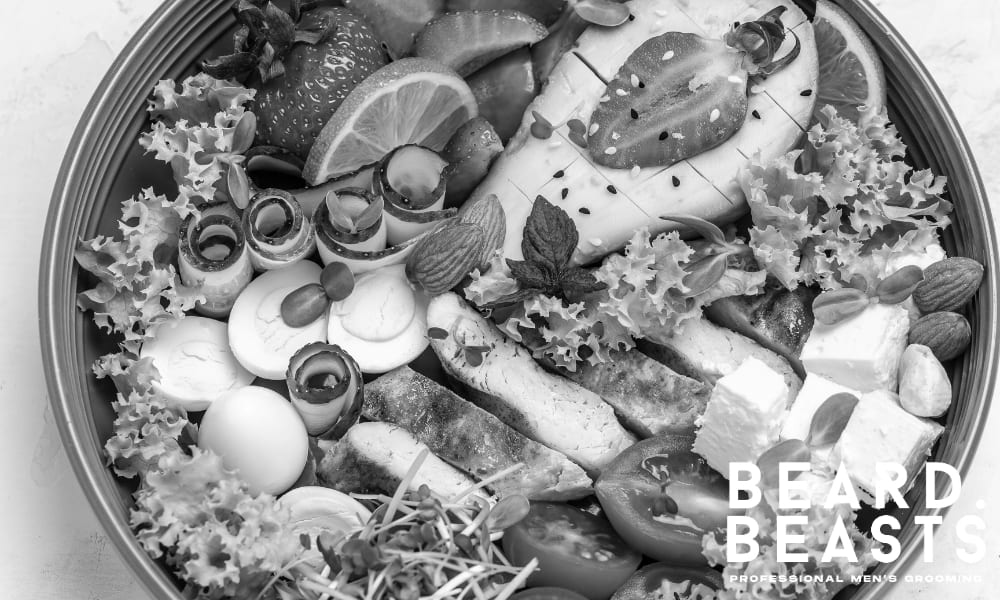
Your diet plays a crucial role in achieving a healthy beard. Nutrients like omega-3 fatty acids, biotin, and vitamins A, C, and E are essential for promoting healthy hair growth and improving beard texture.
Omega-3s, found in foods like salmon and walnuts, help keep your beard hydrated from within, reducing dryness and brittleness. Biotin, found in eggs, nuts, and leafy greens, strengthens the hair and prevents thinning, while vitamins A, C, and E support healthy follicles and a smoother, softer beard.
Drinking plenty of water is also essential for maintaining beard hydration. By focusing on a diet rich in these nutrients, you’ll ensure that your beard stays soft, strong, and healthy.
Expert Tip 7: Protect Your Beard from Harsh Elements

Environmental factors can significantly impact the softness of your beard. Cold air, wind, and direct sunlight can dry out your beard, making it rough and brittle.
During winter, cold air strips moisture from your beard, while wind can cause tangles. Using a quality beard balm helps lock in moisture and protects your beard. In warmer weather, the sun can dry out your beard, so keep it hydrated with beard oil to prevent damage.
Pollution can also harm your beard. Regularly cleanse and moisturize with beard oil or butter to keep it soft and nourished.
By protecting your beard from harsh elements, you’ll maintain its softness and health year-round.
Final Thoughts
Achieving and maintaining a soft beard requires consistent care and the right approach. Follow these expert tips on how to make your beard soft. Start with using the right cleansers, and incorporate regular trimming and moisturizing. These actions will help transform your beard into a softer, healthier version of itself.
Remember, the key to a soft beard is not just in products. It’s about understanding how to care for your facial hair and protect it from environmental damage. Adopting the right grooming routine and nourishing your beard with a healthy diet will also make it more manageable every day.
With patience and the right techniques, you’ll master how to get a soft beard. This will reflect your commitment to grooming, health, and style.



